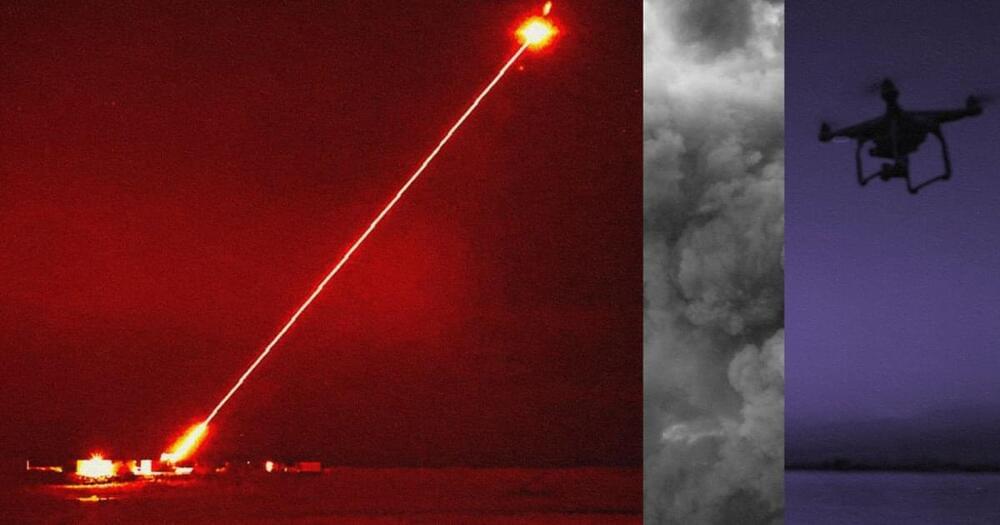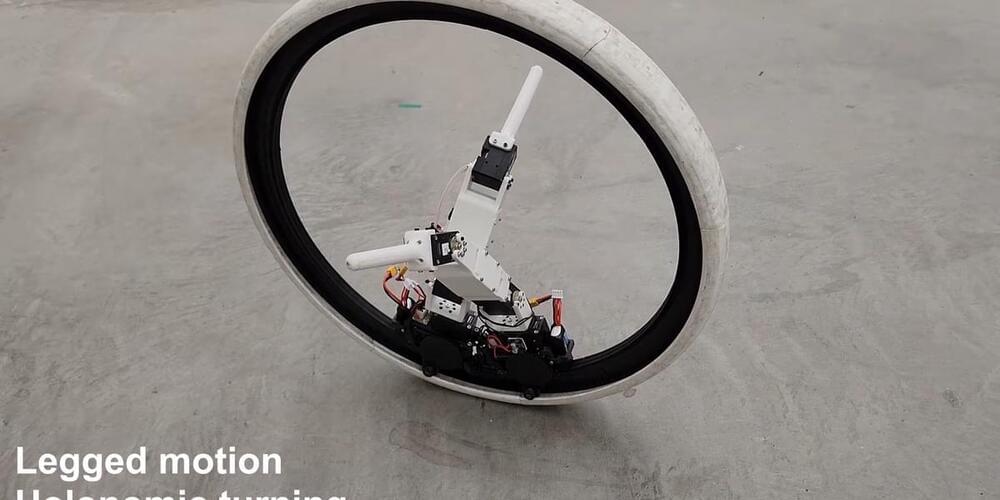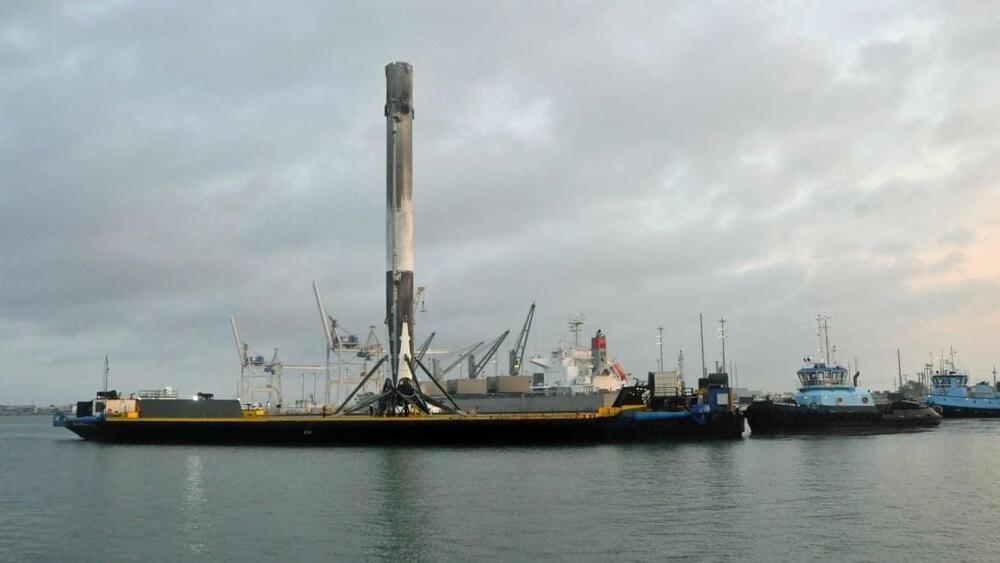She continued: “We’ve certainly had more opportunities to target in the last 60 to 90 days,” adding the US is currently looking for “an awful lot” of rocket launchers in the region.
Moore’s comments provide some of the strongest evidence to date that the US military is using AI targeting systems to identify potential strike areas. She noted that even after Google walked away from the project, experimenting has continued with drone or satellite imagery.
Based at Central Command, or Centcom headquarters in Tampa, Florida, Moore revealed that US forces in the Middle East have been testing AI targeting systems using a combination of satellites and other data sources and conducted exercises over the past year with the technology.






